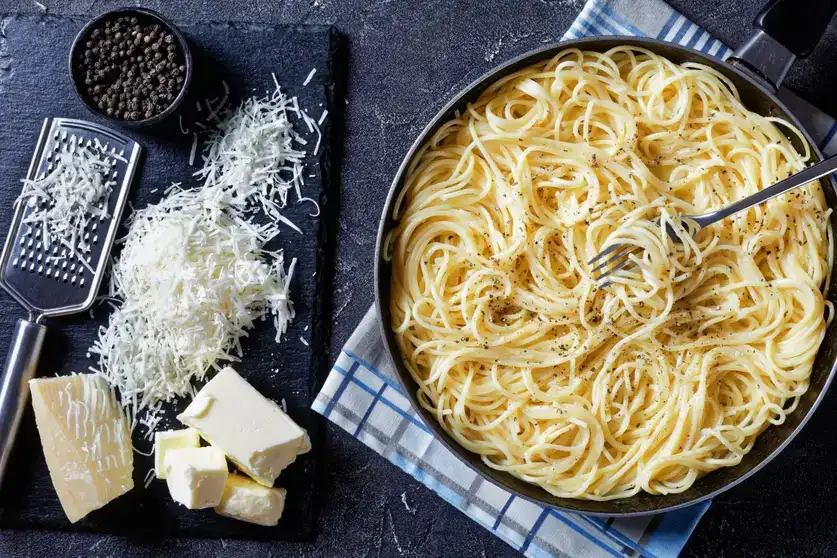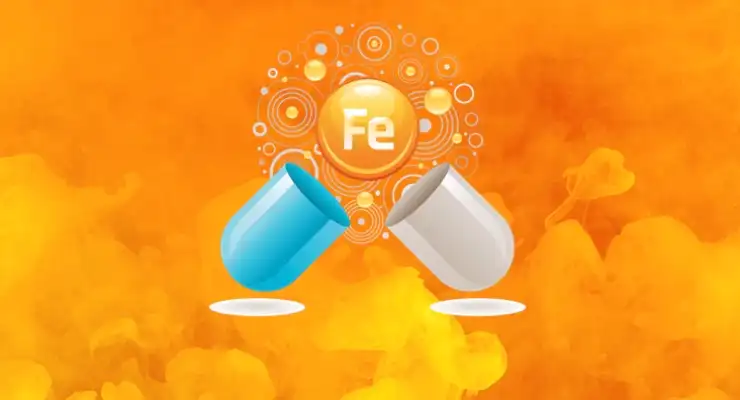Spaghetti might seem like the last place to find profound scientific insights, but for generations of physicists, this humble noodle has sparked surprisingly deep investigations into the workings of our world. From how it snaps to how it cooks — and even how it behaves in sauce — pasta has become an unlikely gateway into understanding the complexities of matter, mechanics and even the origin of life.
The Thin Line Between Noodle and Nanotech
While the average spaghetti strand (or spaghetto) measures around 1–2mm in thickness, modern science has taken things far thinner. Researchers at University College London recently produced the world’s slimmest pasta using a technique called electrospinning, forming ultra-fine threads just 0.1mm thick — barely visible to the human eye.
How It Works
The scientists dissolved flour into a specially charged solution and used an electric field to pull it into fine strands, which dried into a fibrous web. While the outcome resembled a lasagna sheet at first glance, under a microscope it revealed an intricate mat of stiff, hair-thin noodles. Their research, while rooted in culinary curiosity, may help develop biodegradable nanofibers for medical and industrial uses.
A Slippery Subject
Pasta’s mysteries extend well beyond thickness. In 1949, physicist George F. Carrier posed the now-legendary “spaghetti problem”: why does eating it inevitably leave sauce on your face?
The Face-Slap Equation
Carrier’s math showed that as a strand of spaghetti shortens during slurping, it starts to swing more violently, ultimately slapping the eater. The result? A face dotted with marinara. Decades later, this everyday mess inspired more research — including the reverse scenario of hot pasta being hastily ejected from a scalded mouth.
Why Spaghetti Snaps into Three
The great physicist Richard Feynman was famously puzzled by why dry spaghetti breaks into multiple fragments when bent. He and a friend spent an evening breaking pasta, littering the kitchen floor in the name of science.
The Three-Way Break Explained
It wasn’t until 2005 that French researchers solved the mystery: when spaghetti breaks, the sudden release of stress sends shockwaves through the noodle, causing further fractures. Later, MIT scientists discovered a solution — twisting the strand before snapping it. This method suppresses the shockwave and results in a clean two-piece break, offering broader insight into brittle materials like poles and even bones.
The Curious Curl of Cooked Spaghetti
If you place a dry spaghetti strand upright in boiling water, you’ll notice it slowly bends and sinks. But once cooked and dried again, it retains its curve — a puzzling change explained by viscoelasticity, a property that describes how materials like pasta deform under stress.
More Than Just Texture
Physicists discovered that water infiltrates the outer layers of spaghetti, softening it and permanently altering its molecular structure. This phenomenon makes spaghetti a perfect model for studying elastic materials such as rope, rubber — even DNA. Some researchers have dropped strands, tied knots, and bent cooked pasta to study strain and coil patterns.

The Science Behind the Sauce
Even spaghetti’s perfect companion — sauce — poses thorny challenges. A group of Italian physicists working in Germany once found themselves stumped by cacio e pepe, the deceptively simple Roman pasta dish made with cheese and pasta water. Its infamous tendency to clump made them wary of cooking it for their German colleagues.
The Mozzarella Phase
Using a homemade lab setup involving petri dishes, thermometers, and an iPhone camera, the team discovered that proteins in pecorino cheese become stickier when heated. If not stabilized by enough starch, these proteins latch onto fat droplets and create the dreaded clumps. The solution? A dash of corn starch dissolved in water, just like chef Luciano Monosilio recommends — a tip they dutifully cited in their scientific paper.
Cosmic Lessons in a Pot of Pasta
What began as culinary frustration turned into a window into phase separation — a key concept in understanding cellular formation and even diseases like Alzheimer’s. The blobs and clumps in sauce, it turns out, mimic the behavior of proto-cells thought to be the origin of life. The same mechanics are used to understand how protein clusters form in the brain.
Why Spaghetti Captivates Physicists
- Simplicity: Made of just flour and water, it’s a basic yet complex material to model.
- Accessibility: Anyone can experiment with it, from Nobel laureates to home cooks.
- Universality: Its behavior reveals universal truths about stress, flow, and transformation.
“Spaghetti is just a very accessible thing you can play with,” says mathematician Vishal Patil. After all, it was once a street food, democratized by its affordability and simplicity — a trait shared by scientific curiosity itself.
Conclusion: From Kitchen to Cosmos
Spaghetti may be a comfort food, but for physicists, it’s also a rich source of mystery. Its ability to bend, break, cook, and clot continues to reveal truths that extend far beyond the dinner plate. Whether snapping strands like Feynman or stabilizing cheese sauce with lab equipment, scientists show us that the universe is best understood not only in distant galaxies or atomic nuclei — but also in the boiling pot on your stove.






